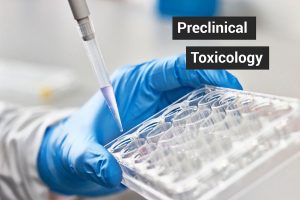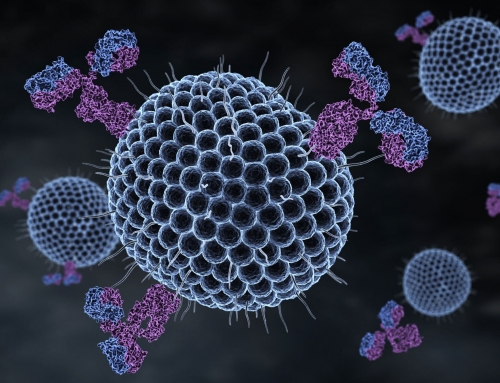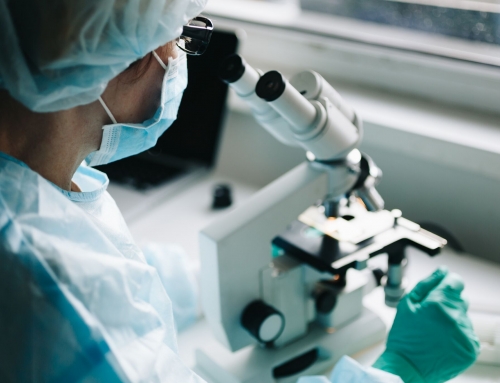
Before a drug can proceed to the clinical trial stage, its developer must first pinpoint its likelihood of harming people by performing in vitro and in vivo toxicological studies. These studies involve a number of technical complexities, of which the following three are particularly challenging:
1. In vitro toxicology studies provide only limited insight on a drug’s biological impact.
While in vitro studies provide clear insights into a biologic or drug’s mechanism of action, and help rapidly identify obvious hazards before additional resources are wasted on manufacturing, these studies (by their very nature) provide no information about a biologic or drug’s impact on human biology.
2. In vivo studies may demonstrate the need for costly, time-consuming drug redesigns.
Even after in vitro studies have eliminated many obvious hazards, in vivo studies often reveal unexpected biological effects that only become apparent in live animals. Some of these hazards may simply require an alteration in dosage or method of administration, while others demand overhauls of the formulation itself.
3. All toxicology studies must comply with good laboratory practice (GLP) guidelines.
These guidelines are set out by the US Food and Drug Administration (FDA), as well as by other regulatory bodies such as the EPA and OECD. However, GLP guidelines are frequently updated as new research sheds additional light on specific types of risks. Thus, a pharma developer must keep regulatory experts on call, to mitigate the risk of unexpected roadblocks.
Toxicology screenings can present many unexpected obstacles. At VxP, we know how to navigate them.
Schedule a call to discuss toxicology screenings for your biologic or drug today.



